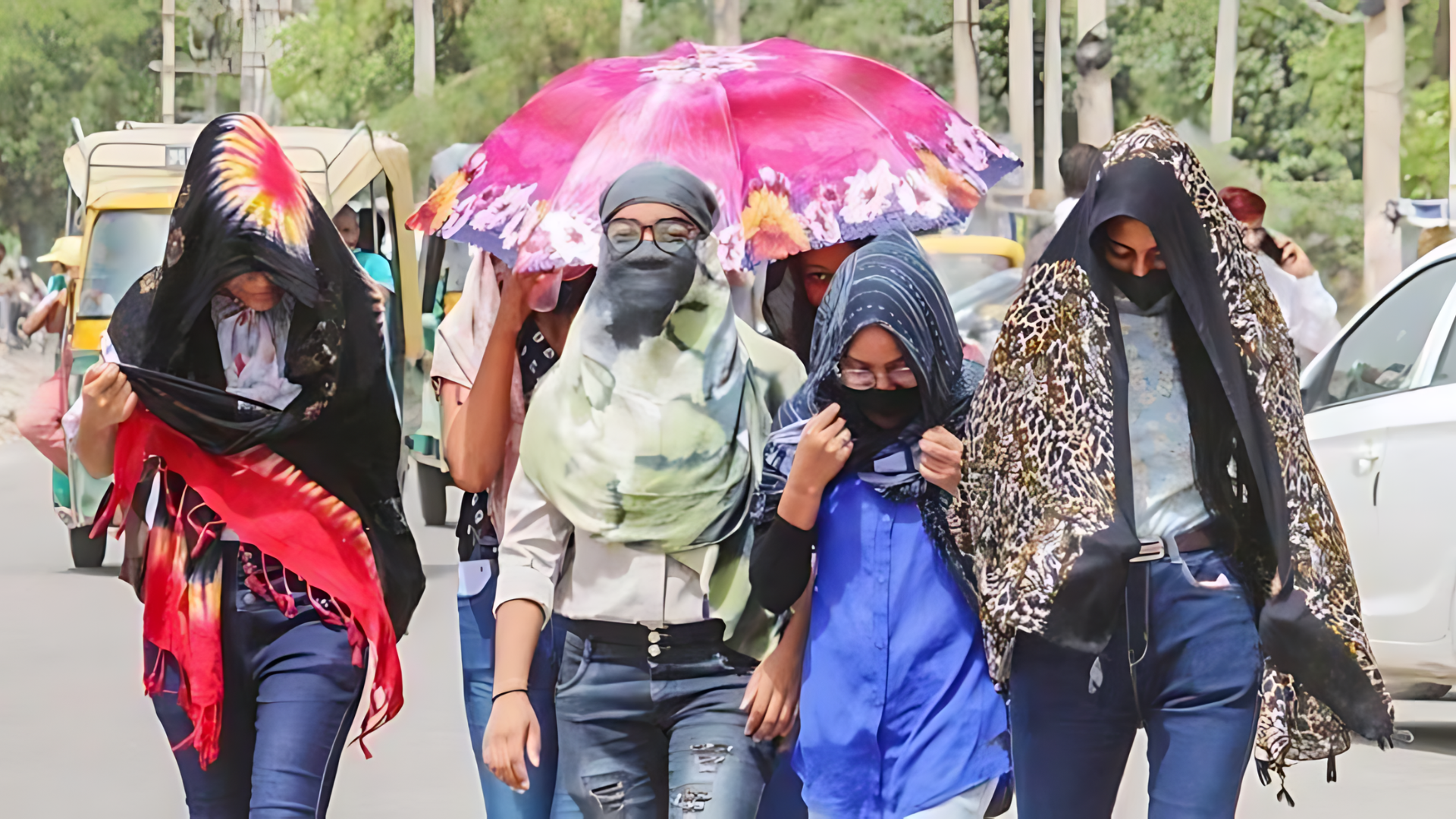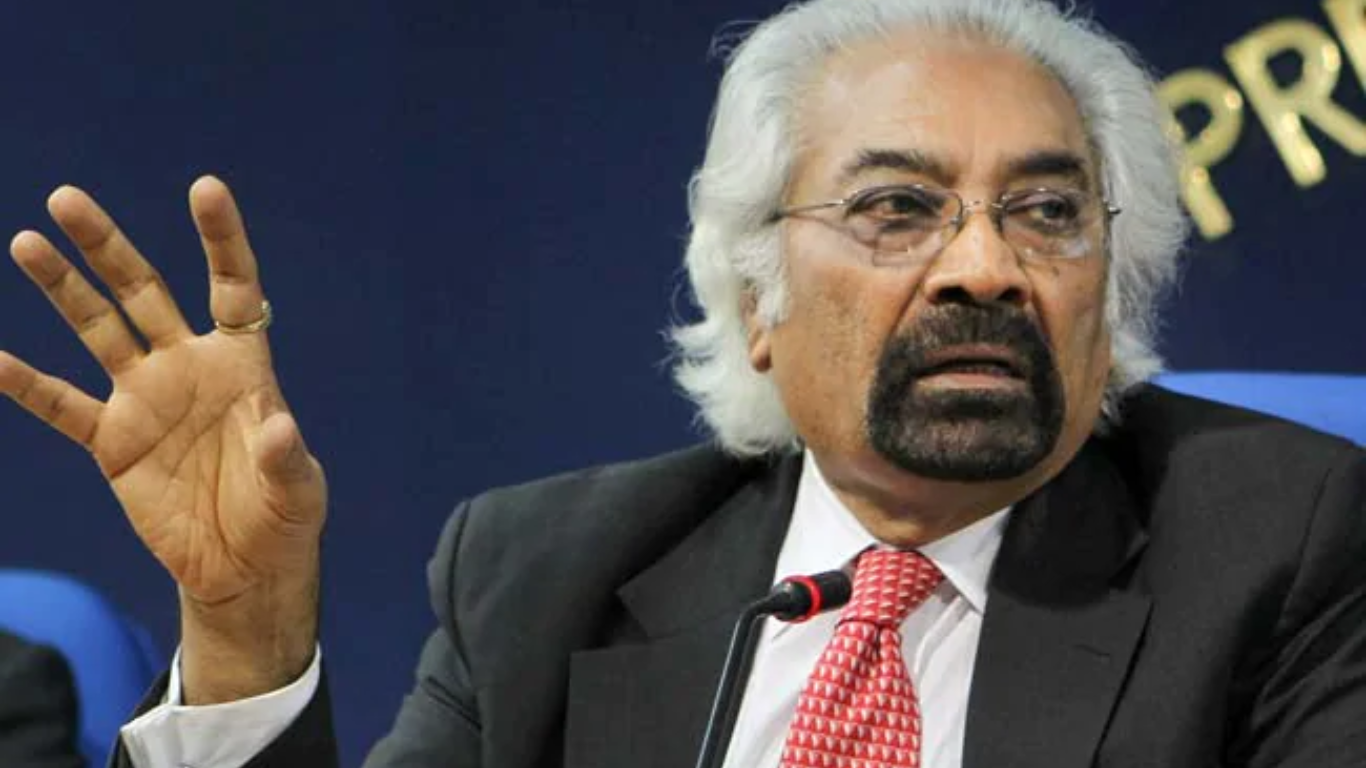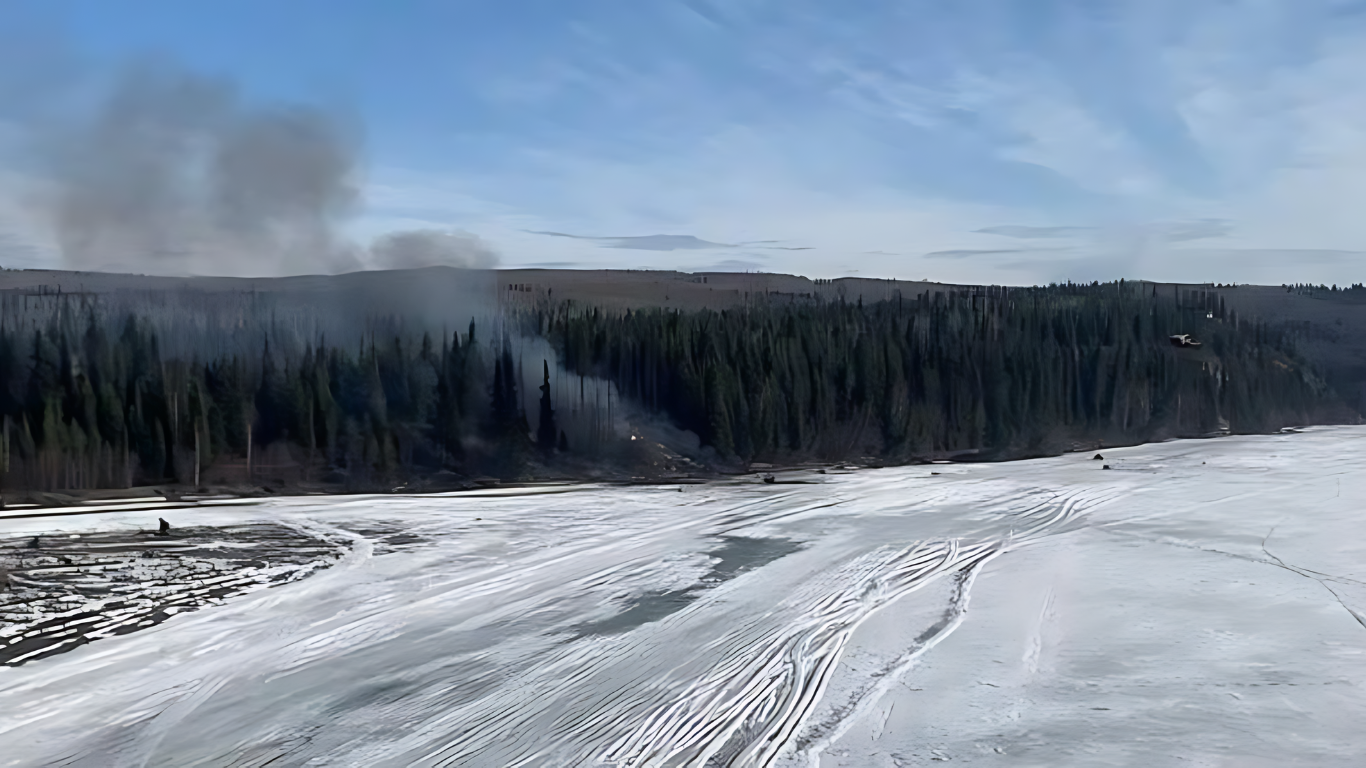


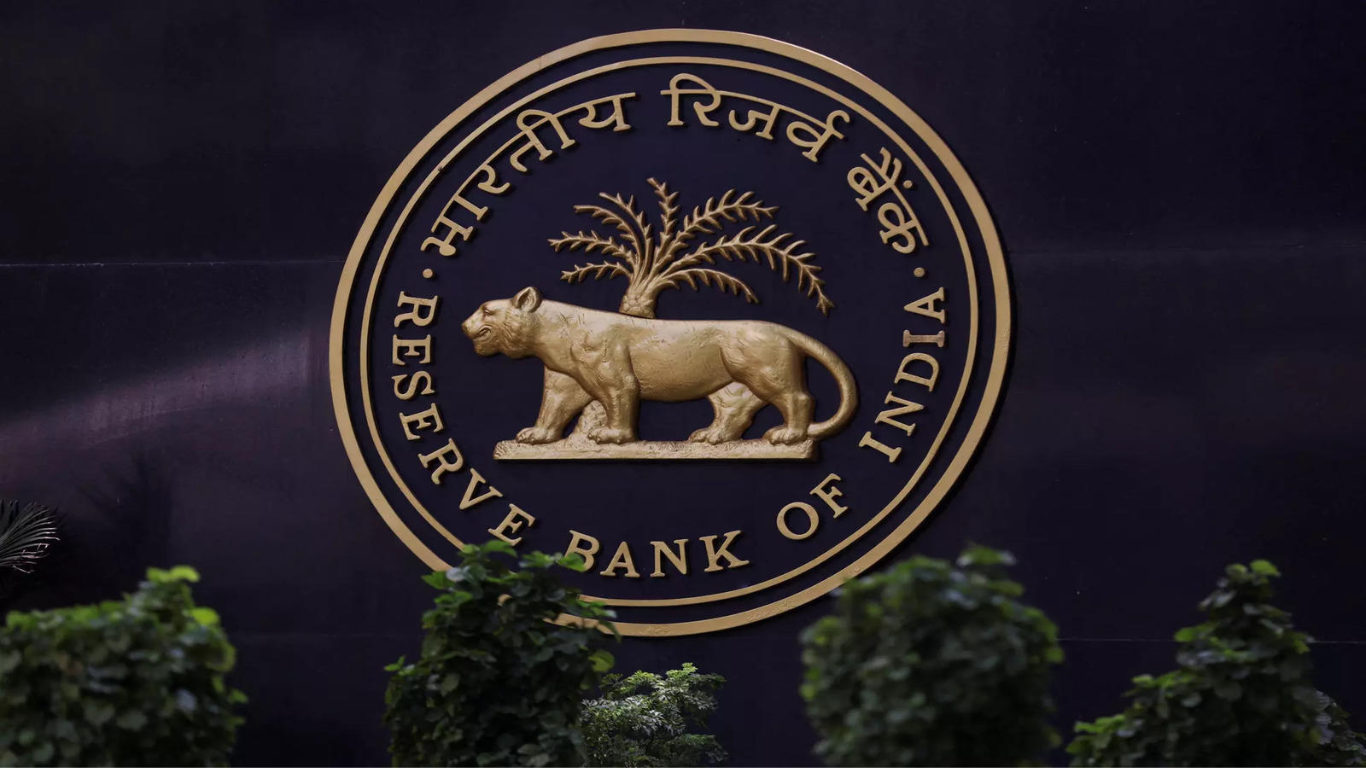
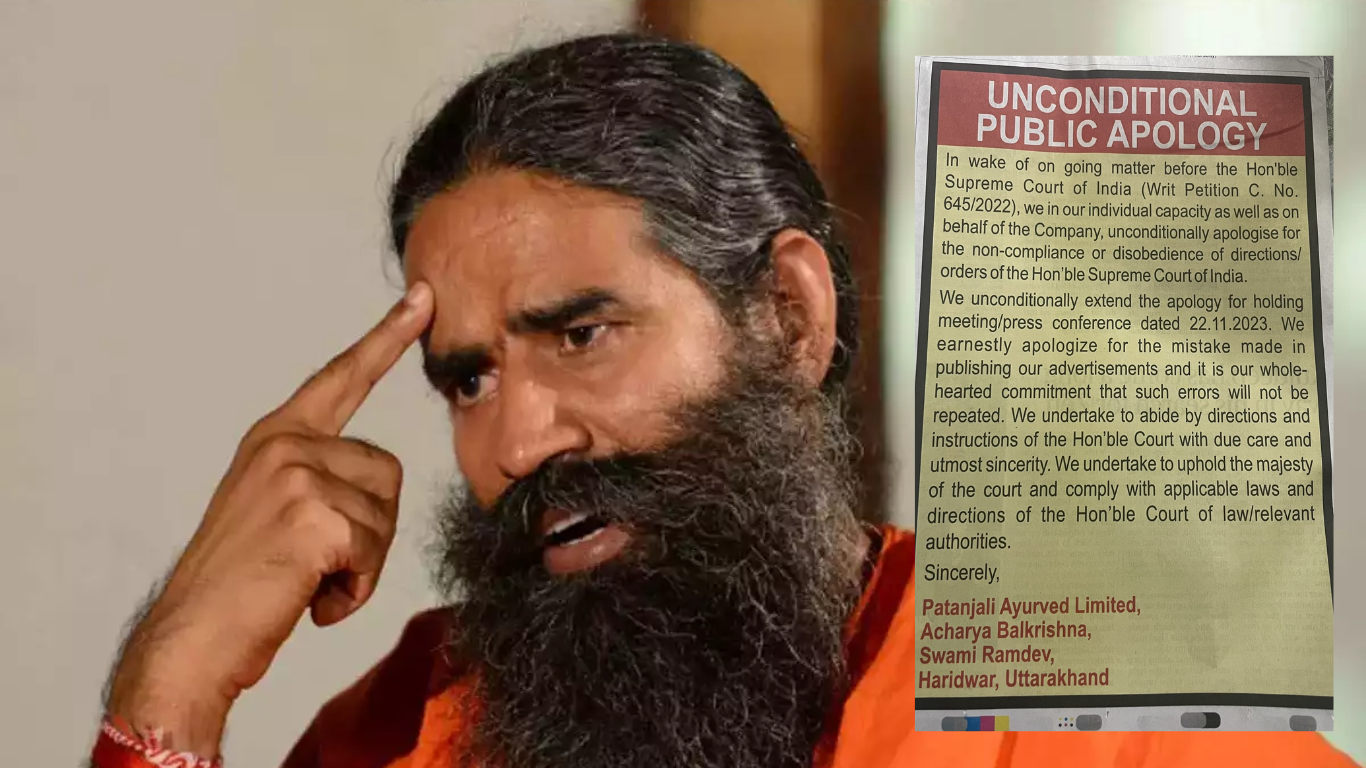
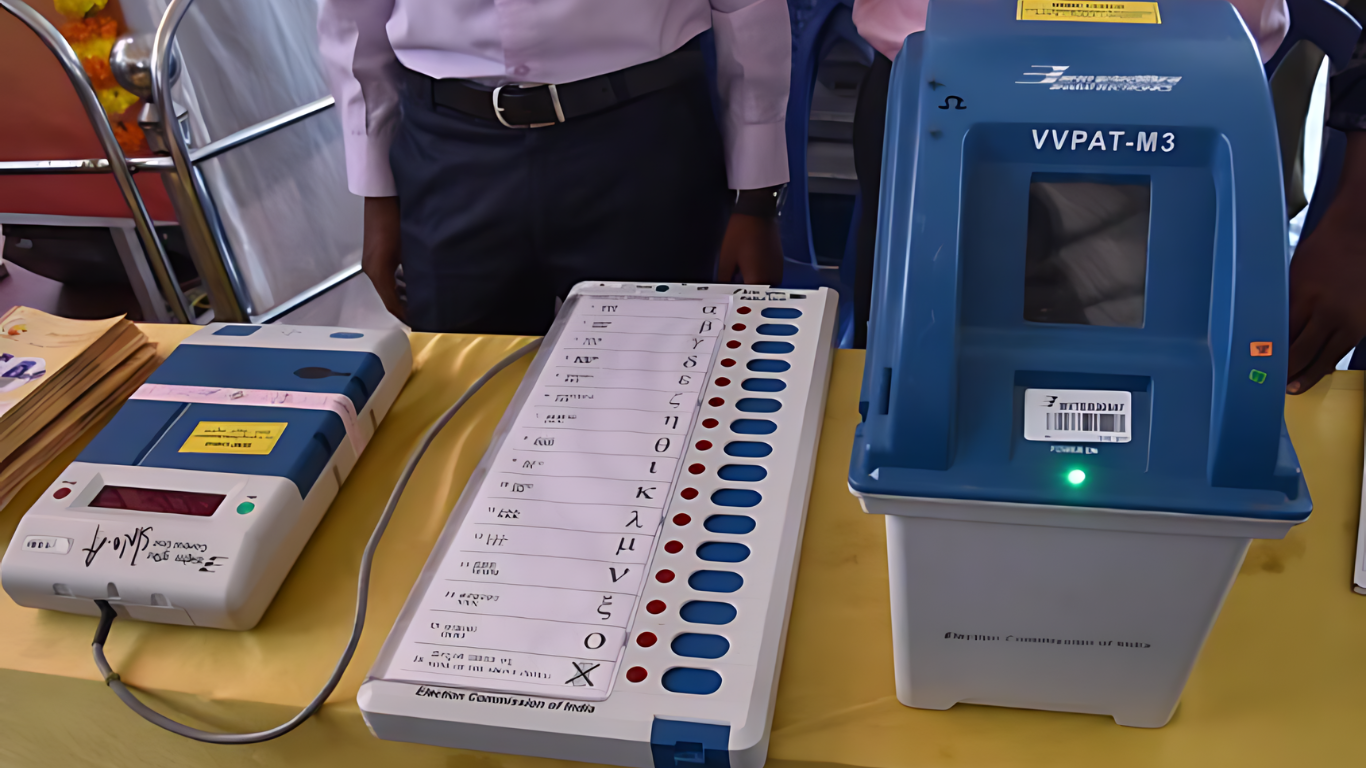
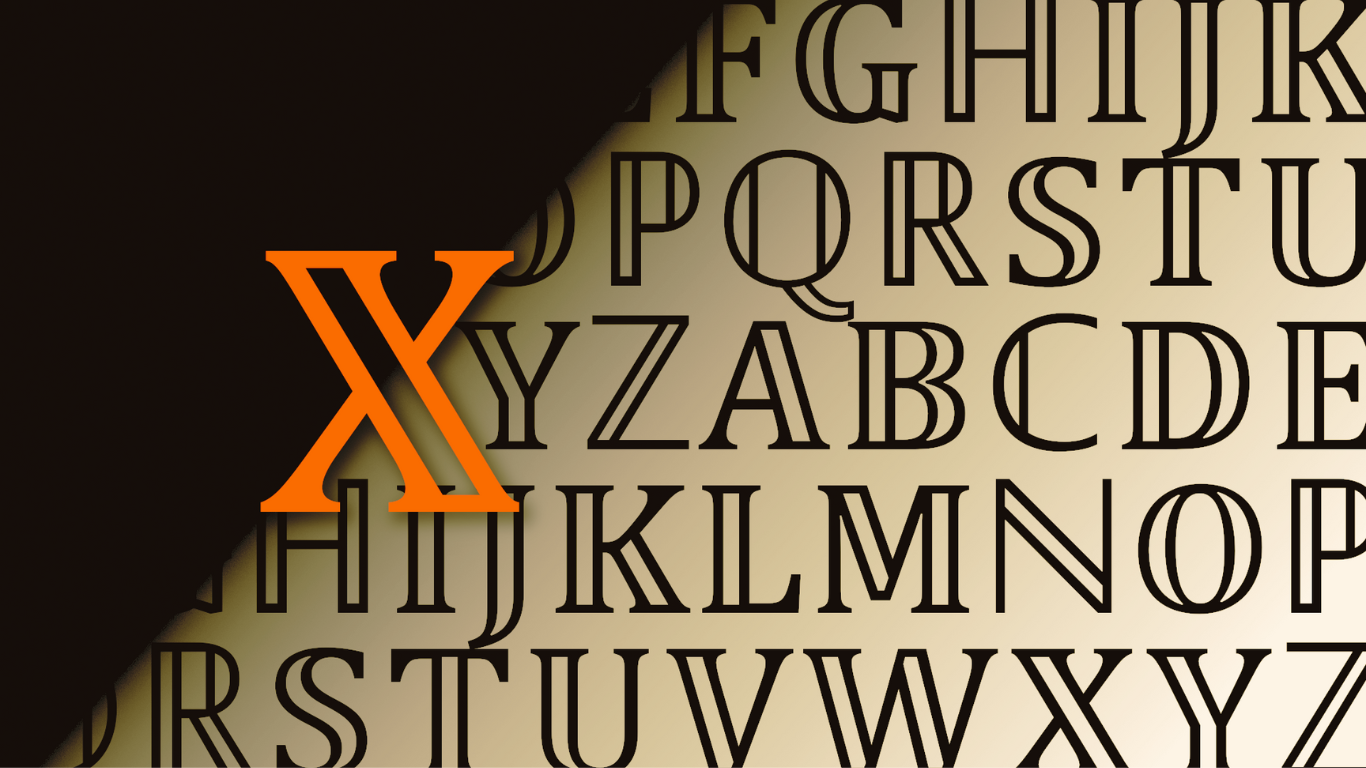
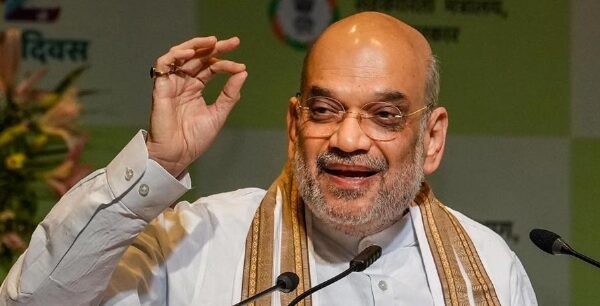
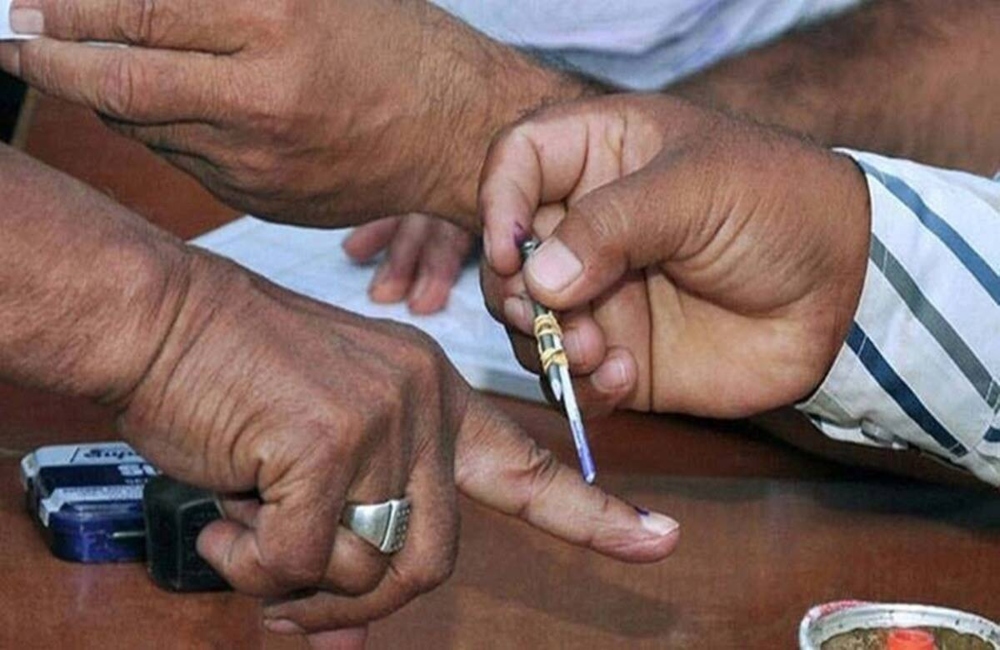
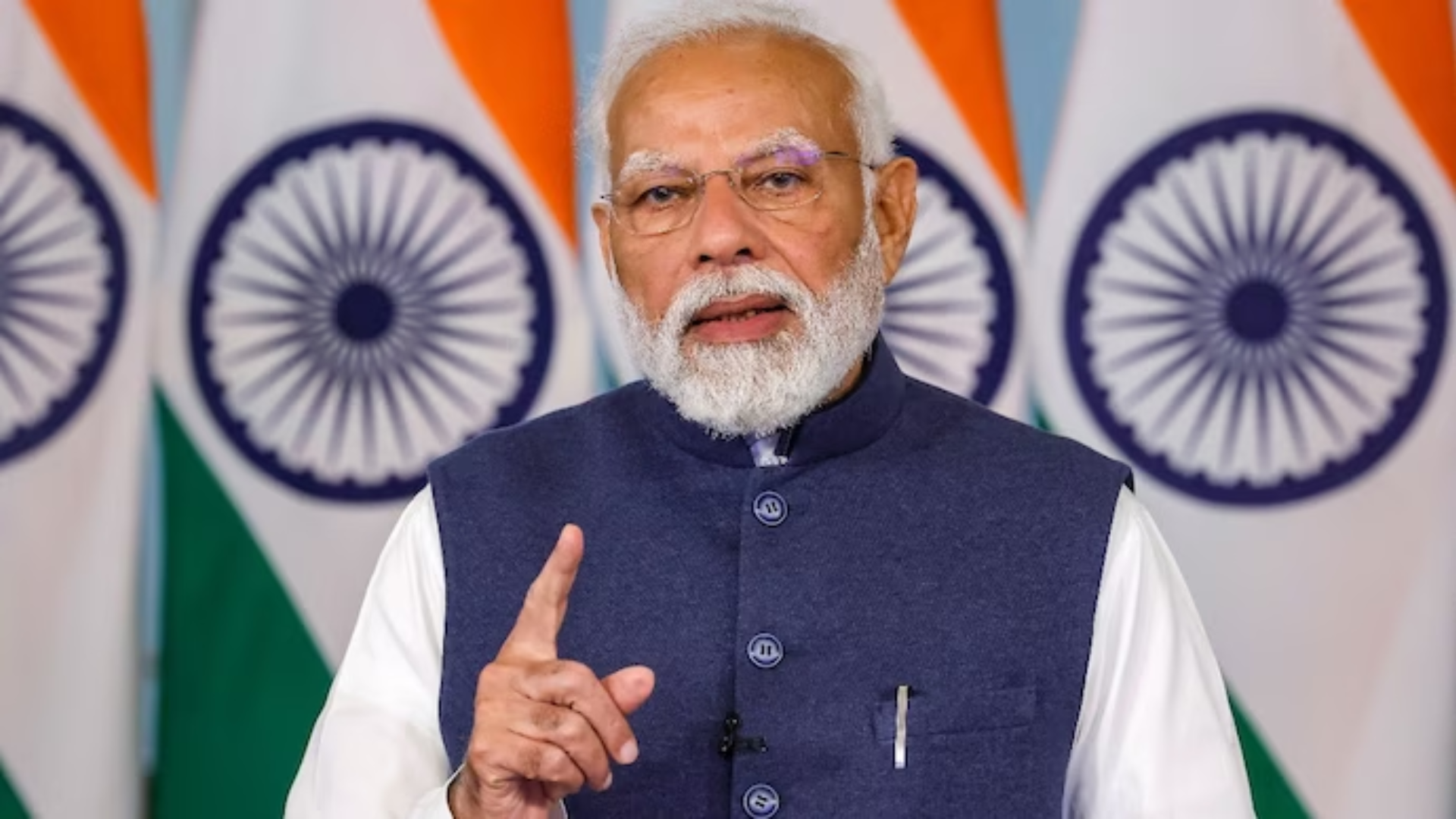
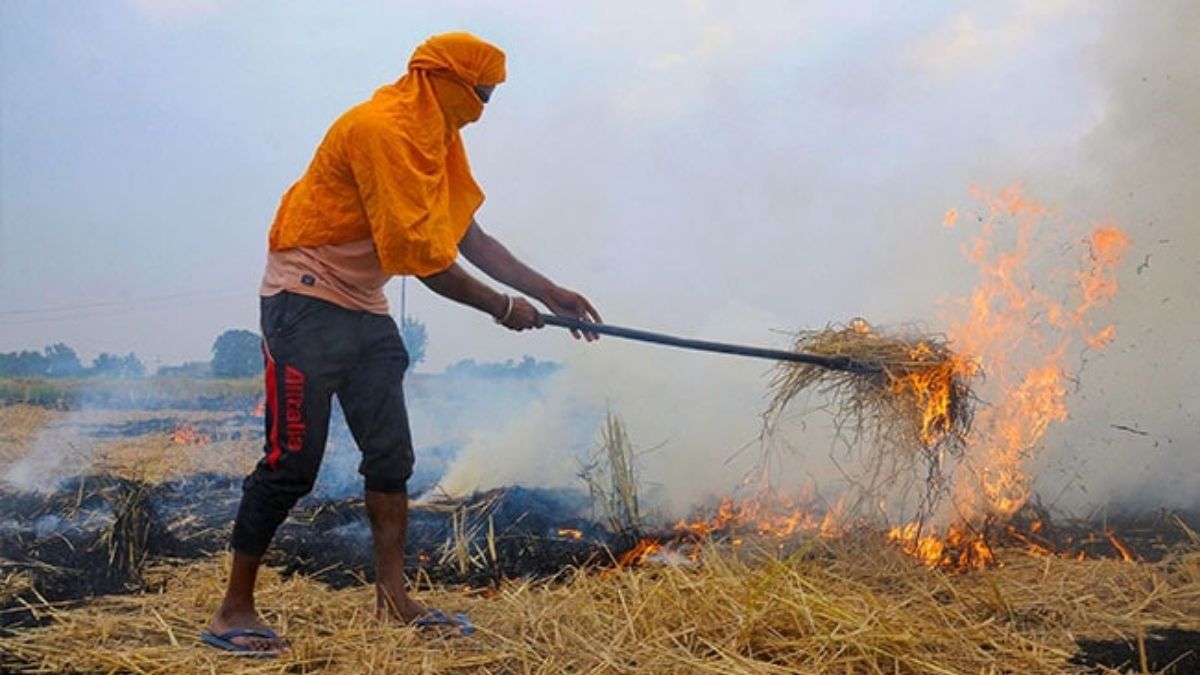
With emissions from stubble burning contributing to a 36 per cent share of the pollution in Delhi on Saturday, the national capital’s Air Quality Index (AQI) remaining in the “severe category” for the second consecutive day. As per the Centre-run System of Air Quality and Weather Forecasting and Research (SAFAR) model the share of stubble emissions has peaked at 36 per cent. In the last 24 hours, the PM2.5 level is higher as compared to 2020 but much less than that in 2018. However, it may be noted that local winds have picked up since morning and now the fast dispersion is expected. It further stated that the stubble contribution is expected to remain almost the same today. Relief is expected only from the evening of November 7 but AQI will fluctuate within the “very poor” range.
In 2020, the stubble burning in Delhi’s pollution had peaked at 42 per cent on this day. In 2019, on November 1 it amounted to 44 per cent of Delhi’s PM2.5 pollution. Vimlendu Jha, an environmental activist told ANI, “If the government was actually making an effort the air quality would not have turned this bad. Stubble burning is an important contributor to pollution. We need to find a sustainable solution to stubble burning.” He said that people need to understand why farmers are resorting to stubble burning. “Because before it reaches Delhi, the farmers of UP, Haryana, Punjab are perhaps more affected. The government has to look into how to bring all the stakeholders together, agricultural reforms and extremely critical,” Jha said. “Penalising farmers will not help we need to address the root cause of stubble burning. We need to see for measures such as can there be crop rotation? Can there be other incentives? It is not about blaming the central government or states govt but all need to be collectively blamed because despite SC’s order it’s happening. The situation is unfortunate,” Jha added.
The contribution in pollution by stubble burning ranges between 2 per cent to 45 per cent. Moreover, firework emissions on the night of Diwali degraded air quality from very poor to severe category. Jha informed that air pollution kills 15 lakh people every year. “A report pointed out that people living in Delhi-NCR lose 9.5 yrs of their lives because of air pollution. Lung Care Foundation says every third child has asthma due to air pollution,” he added.
According to SAFAR, without any more firecracker emissions, AQI is likely to improve to the ‘very poor’ category by tonight. Along with stubble burning, a post-Diwali celebration with firecrackers, vehicular pollution, industrial pollution, and other strong factors raised the AQI level of Delhi. An AQI between zero and 50 is considered ‘good’, 51 and 100 ‘satisfactory’, 101 and 200 ‘moderate’, 201 and 300 ‘poor’, 301 and 400 ‘very poor’, and 401 and 500 ‘severe’.


